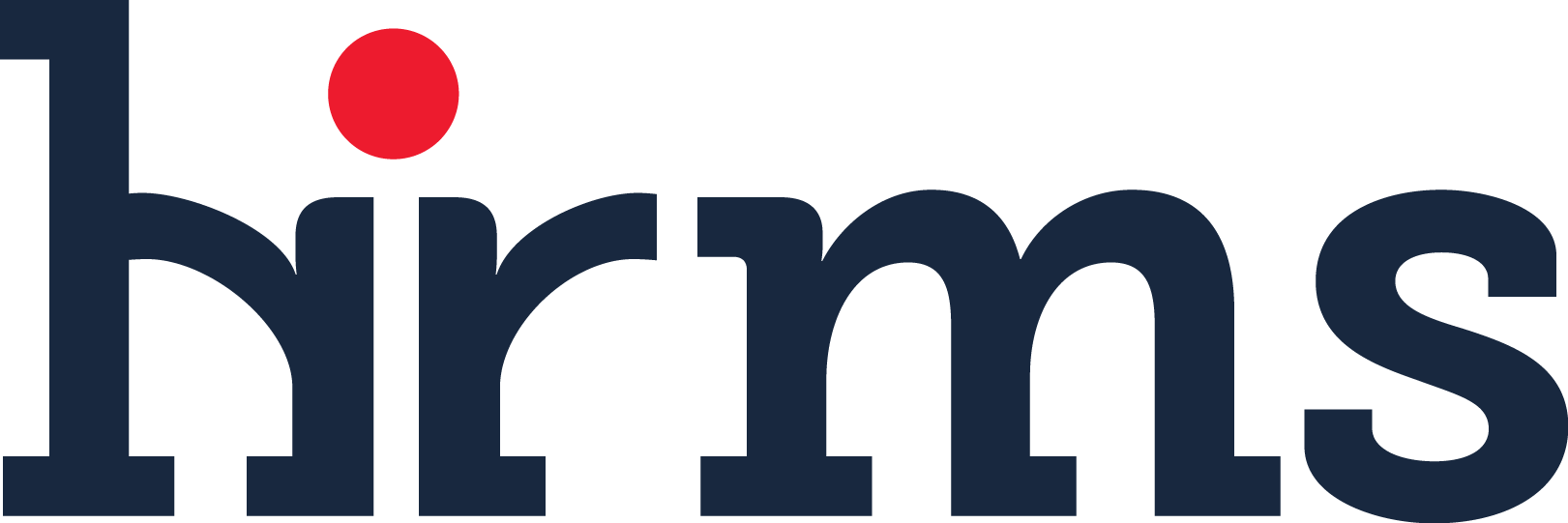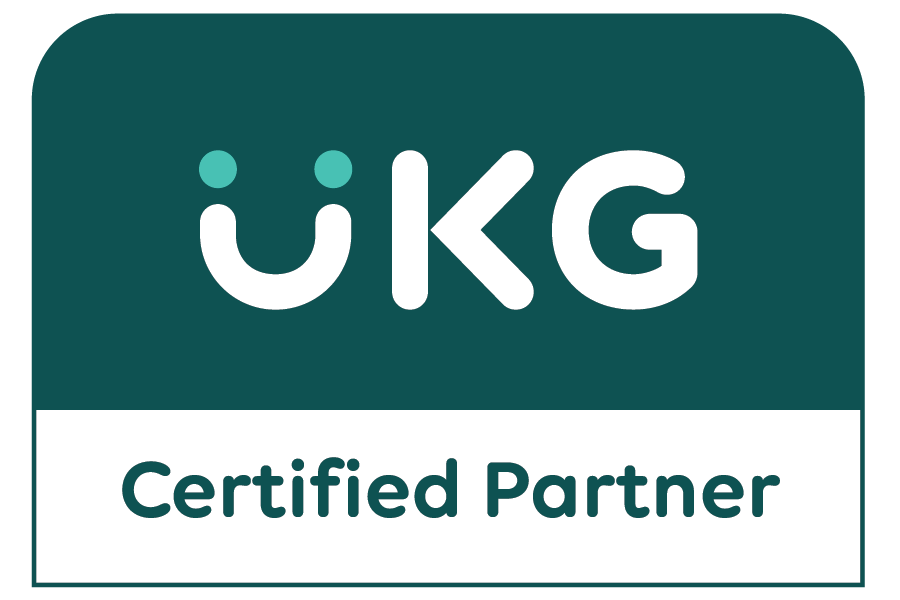What is the #1 feature that compels HR professionals to propose new investments for HRIS Software in the SMB (small and medium business) market?
Over the last 12 months, I have been surprised by a particular feature within a HRIS system that is, or should I say continues, driving HR Professionals to advocate to their executives for new investments in HR technology. Many industry experts and vendors themselves will taut Talent Management (i.e. performance management, applicant tracking or even succession planning) as the key drivers to show a clear ROI and compelling reasons for executives to invest. There are some HR tech analysts that claim analytics and reporting or mobile capabilities are the big driving force to win over support for justifying purchasing HCM (Human Capital Management) solutions. Those are certainly great aspects to any HR system and should be strongly considered as part of the value proposition, but the overwhelming feedback we are seeing is that many organizations still running an entirely manual and time consuming benefit open enrollment process.
So I ask you, think back to your last benefit open enrollment. Was it easy? Did it consume the resources of your HR team for several weeks? Will you do it the same way this year?
Looking back at clients who purchased stand-alone HR Software solutions ranging from a 200 to 2,000 active employees, 63% stated that benefit open enrollment was the top requested feature for purchasing a new HRIS system. Not only was it the number one requested capability, but it also drove the project timeline, the HRIS system deployment schedule and was the top priority for our Professional Services team to deliver. For the other clients that didn’t have it listed as the number one feature, which by the way was performance management, they had benefit open enrollment listed somewhere in their top five.
So why would open enrollment, such a common transactional feature, be so important to HR professionals with so many other compelling features to consider?
Here is my opinion and reasons why:
- Open enrollment is typically a painful event for both employees and HR professionals. An unfamiliar language and benefit jargon, heaps of benefit information to process, important healthcare coverage decisions to make and add in the complexity of today’s benefit offerings and the need to educate a workforce on these offerings, it is enough to cause incredible confusion with employees and bring almost all other HR functions to a screeching halt. The preparation to launch the typical annual open enrollment event for HR and Payroll professionals is a massive time and resource drain for these teams regardless of the mechanism to present, collect and verify the upcoming elections and employee enrollment selections. At HRMS Solutions we have found that some of our clients use open enrollment tools provided from their TPA (Third Party Administrator) or benefit broker or use what is available in their existing HR software. We also found that the smaller the company in terms of number of employees, the higher probability they are handling open enrollment completely manual.
- The need for consolidated benefits and compensation data is categorically important, especially since increasing benefit costs are effecting company profitability. TPA’s and benefit brokers may provide technology to automate the enrollment process, but they do not typically provide the employer with a clear and comprehensive picture of their total cost and value of employee selected benefits. Employers want to take back control of their workforce information and possess great decision–making tools.
- The unprecedented changes with the passing of the Affordable Care Act (ACA) triggered companies to move their annual open enrollment up early in 2013 to avoid the shocking increases in their premiums for 2014. This early enrollment allowed businesses to avoid the substantial increases proposed for 2014, but the reality of this new law will be fully absorbed by most in early 2015. As a point of reference, my firm’s medical premiums are projected to increase 40 – 90% for 2015.
The result of this out of cycle event created significantly more questions from the workforce and unplanned demands on HR and Payroll professionals. We found there was a significant increase in face-to-face time between employees and HR departments because of the tidal wave of information surrounding ACA. HR professionals are now looking for tools to empower their team members with greater access outside the office. Flexibility and usability (i.e. user interface-UI, overall look-and-feel, navigation, responsiveness, level of human-computer interactions-HCI, etc.) are extremely important in the selection criteria. We also found a significant demand for simplicity and using video to help translate large amounts of complex information for the end-user.
- Employees are expecting greater accessibility to their information in today’s digital world. They want to make decisions on their own schedule and in collaboration with their significant others. Gone are the days when the only way to access self-service was through a company VPN connection or sitting behind a desk at the office. Online open enrollment and managing life events, needs to be available from any device, any time and from anywhere with a ‘pretty’ and extremely responsive UI. These expectations have caused HR Professionals to evaluate their existing technology to better serve their customer – the employee.
- Improved electronic communications with insurance providers and the elimination of data entry to into their portals are no longer desired, but required by organizations. Automating and improving the annual open enrollment event is just the first step in the process. To truly achieve full automation, many businesses are incorporating electronic EDI or 834 Carrier Connections from their HRIS to seamlessly share benefit election updates, life event information and simple demographic changes. Doing so potentially alleviates a large workload from the HR team, but also markedly improves accuracy by eliminating dual data entry.
Conclusion, unlike other major HR events that are also highly transactional for HR professionals (e.g. recruiting, onboarding, salary planning and performance management), benefit open enrollment is proving to be the driving force behind recent HR system purchases. As we move closer to the peak open enrollment season, I expect we will see increased adoption of HR technology with businesses needing to automate this process. It will be interesting to see if this buying trend continues and if open enrollment remains as the key influencer behind this decision.






